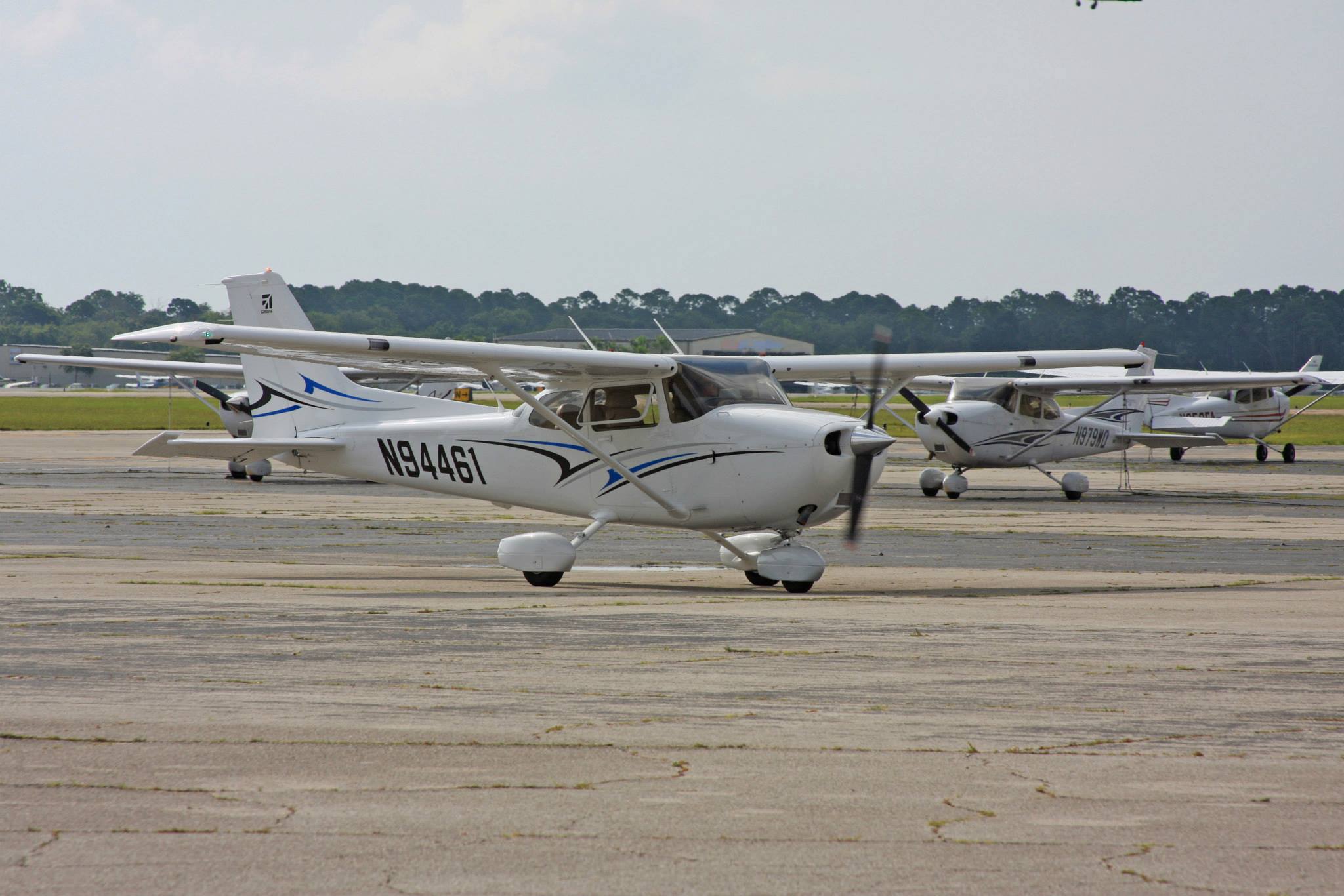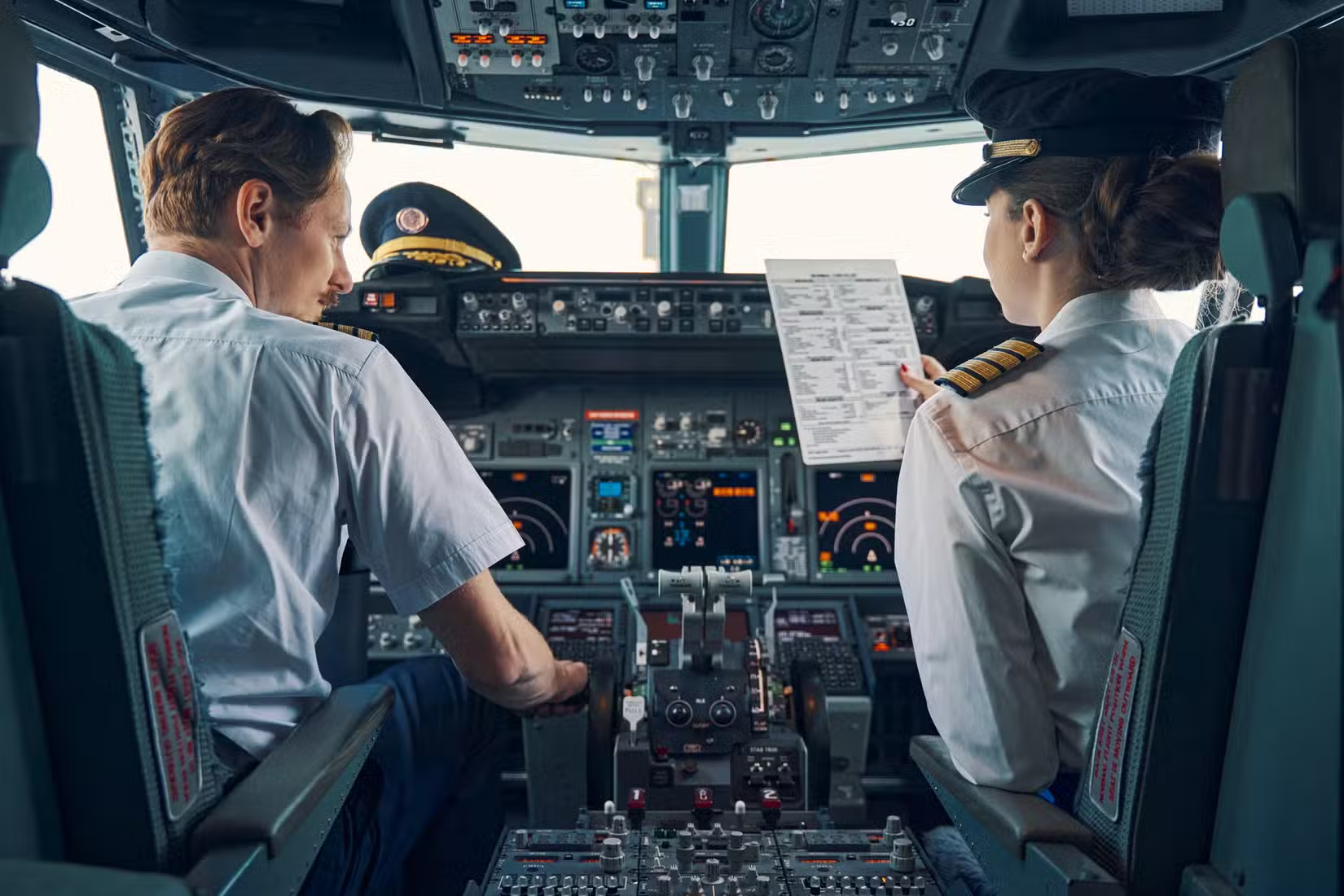What Do Student Pilots Do During Flight Training?
A private pilot student will learn a variety of things during flight training. Their ground study will include topics like federal aviation regulations, aircraft systems, weather, flight planning, and aircraft performance. But what exactly do student pilots practice while they’re in the air? Here are six of the various types of maneuvers that private pilot applicants learn and master before moving on to more advanced ratings:
Takeoffs and Landings
Takeoffs are easy, but did you know that there is more than on type of takeoff that pilots learn? In addition to a normal takeoff, student pilots learn how to perform crosswind takeoffs, soft field takeoffs and short field takeoffs. The same goes for landings: Pilots must learn how to land on soft, grass fields and on short runways. This type of training is helpful in emergency off-field landings, but also provides the training necessary to fly into and out of various types of airfields.
Ground Reference Maneuvers
Ground reference maneuvers include turns around a point, rectangular course and S-turns. These maneuvers are performed in order to train the pilot to compensate for the effects of wind during flight. The aircraft’s ground speed gets faster with a tailwind, for example, which will require a change in bank angle and often power settings in order to maintain the desired flight path.
Performance Maneuvers
Pilot practice performance maneuvers like steep turns – a 360-degree turn at a steep bank angle – to get a feel for the capabilities of the airplane and the handling characteristics of the aircraft in high-performance flight. Practicing pitch and bank control while holding a precise altitude and airspeed in a steep turn at a high power setting can be a difficult task, but it’s one that pilots usually have fun with.
Stalls and Stall Recovery
An airplane stall, as many of you may know, is not an engine stall but a wing stall. A stall occurs when the critical angle of attack on the wing is exceeded and the airflow over the wing is disrupted; basically when an airplane isn’t producing enough lift and just can’t fly anymore. Stalls are dangerous at low altitudes, such as during takeoff and landing, and without learning proper recovery procedures, can develop into a spin. Pilots practice stalls and stall recovery procedures at high altitudes so that they know how to recover properly if they do happen to inadvertently stall the aircraft during flight.
Emergencies
Emergencies are rare, but they do occur, and a good pilot is prepared with an emergency checklist for numerous emergency situations. Most commonly, pilots practice performing emergency landings by simulating an engine failure. With the aircraft power at idle, the student pilot will glide to an emergency landing spot while troubleshooting and performing emergency checklists, making radio calls, and setting up for a landing in a field. (During a simulated emergency landing, the pilot will not usually land the aircraft, but will simulate the maneuver to demonstrate that the landing could be made successfully before adding power to climb to a safe altitude again.) Other emergencies that pilots prepare for include engine fire, cabin fire, electrical malfunctions, and various other system failures.
Flight Planning and Navigation
Finally, a pilot must learn to plan a cross-country flight using knowledge of weather conditions, routes, alternate airports and regulations. The flight planning process in detailed and requires plotting on a chart, calculating airspeed and magnetic heading, and taking into account fuel usage and flight time and navigation techniques. These days, flight planning is simplified with the use of GPS, iPads and other tablets, but pilots must still know how to navigate in case of a GPS failure.
There’s a lot to learn in flight training. These are just a few of the basic required maneuvers that a student pilot practices during private pilot training. Mastering these maneuvers is essential to earning a private pilot certificate and moving on to advanced pilot ratings.





